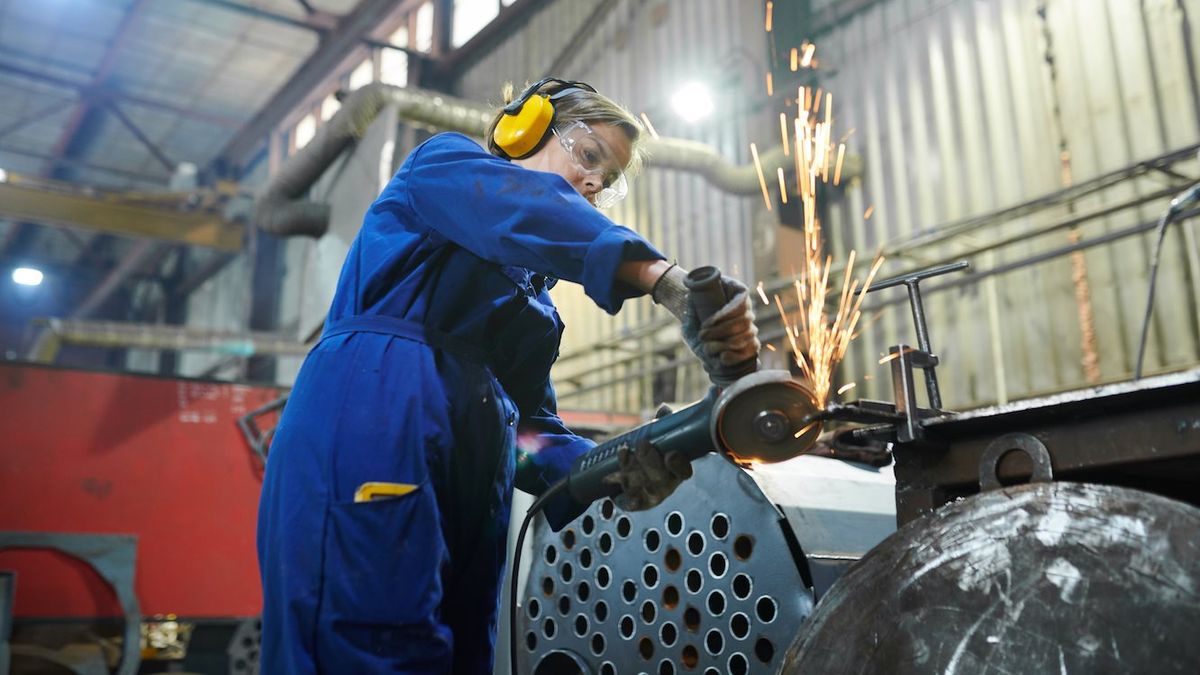Waiting for the official data that will be released next week by the INDECdifferent surveys sectors, private and the Government itself, realize that industry activity grew strongly in the first quarteralthough a series of factors put this trend at risk in the near future.
The impact of the drought and the consequent lower availability of foreign exchangeadded to the jump inflationary that can have repercussions on domestic consumption, are some of the elements that can conspire against the continuation of the path of growth in the sector.
In this scenario, from the Government they seek alternativesthrough bilateral agreements with Brazil and Chinafor example, to encourage investment, boost production and strengthen the reserves of the Central Bank.
According to the latest official data, In February, industrial activity contracted 1.4% compared to the same month in 2022 and 1.3% in monthly terms without seasonality. In any case, in the first two months it accumulated growth of 2.5% compared to the same period of the previous year.
Meanwhile, according to the CEPXXI report, from the Ministry of Industry, “In March, the advanced index of industrial activity (which takes energy consumption on the basis of CAMMESA) grew 0.7% year-on-year and 0.3% compared to February (without seasonality)”. “Thus, in the first quarter an interannual growth of 1.9% is estimated, which implies the highest level of industrial activity for that period of the last five years,” said the Center in its latest report on the productive outlook.
“Advance data for March are positive, although the drought will continue to affect. In March, automotive production grew 25.4% year-on-year and 5.8% compared to February; registering the highest production for a month of March since 2013. For its part, cement shipments increased 5.6% yoy and 3.1% compared to February and presented the second best first quarter since at least 2004”, detailed the study, which added: “On the other hand, the milling of oilseeds presented a new contraction of 23.4% vs. 2022 (it accumulated a decrease of 27.9% in the first quarter of the year), although compared to February it grew by 9.2%”.
Another positive sectoral data was known this Tuesday: according to ADIMRA, metallurgical activity recorded an increase of 1.1% in interannual terms during March and accumulated growth of 1.6% during the first quarter of the year. “In this way, the activity of the sector remains above the levels of 2019, they clarified from the entity.
Meanwhile, according to the latest survey of the CAME, the production of the SME manufacturing industry increased 2.4% year-on-year in March, while in the comparison with February it remained unchanged, to accumulate an improvement of 5.2% in the first three months.
“Although the demand remains firm for now, there are companies that doubt that this rate can be sustained in the coming months if costs are not stabilized,” they remarked in any case from the entity.
private screenings
For its part, the Industrial Production Index prepared by the Orlando consultancy ferreres registered a growth in the first quarter of 1.6% per year. Although, as projected from the firm, “It will surely turn negative for the second quarter, which is expected to be more difficult in terms of activity.” “Going forward, the main difficulties of the industry (obstacles to imports, lower consumption, inflation) are not variables that we hope will improve, so the contraction of activity seems inevitable,” they explained in their latest report on the matter. .
Meanwhile, since Faithful pointed out that “The industry will continue to show diverse sectoral performancesfacing a scenario of greater restrictions on access to foreign currency in which the contraction of aggregate activity will deepen”.
In this context, when analyzing the data for the first two months, LCG projected: “With 2023 punished by a severe drought that is estimated to subtract around US$15,000 million from exports, we hope that regulations on access to imported inputs are maintained and/or deepened to preserve reserve levels. This will affect the operation of the industry, so we project a drop of up to 5.5% annual average compared to 2022”.
Source: Ambito




